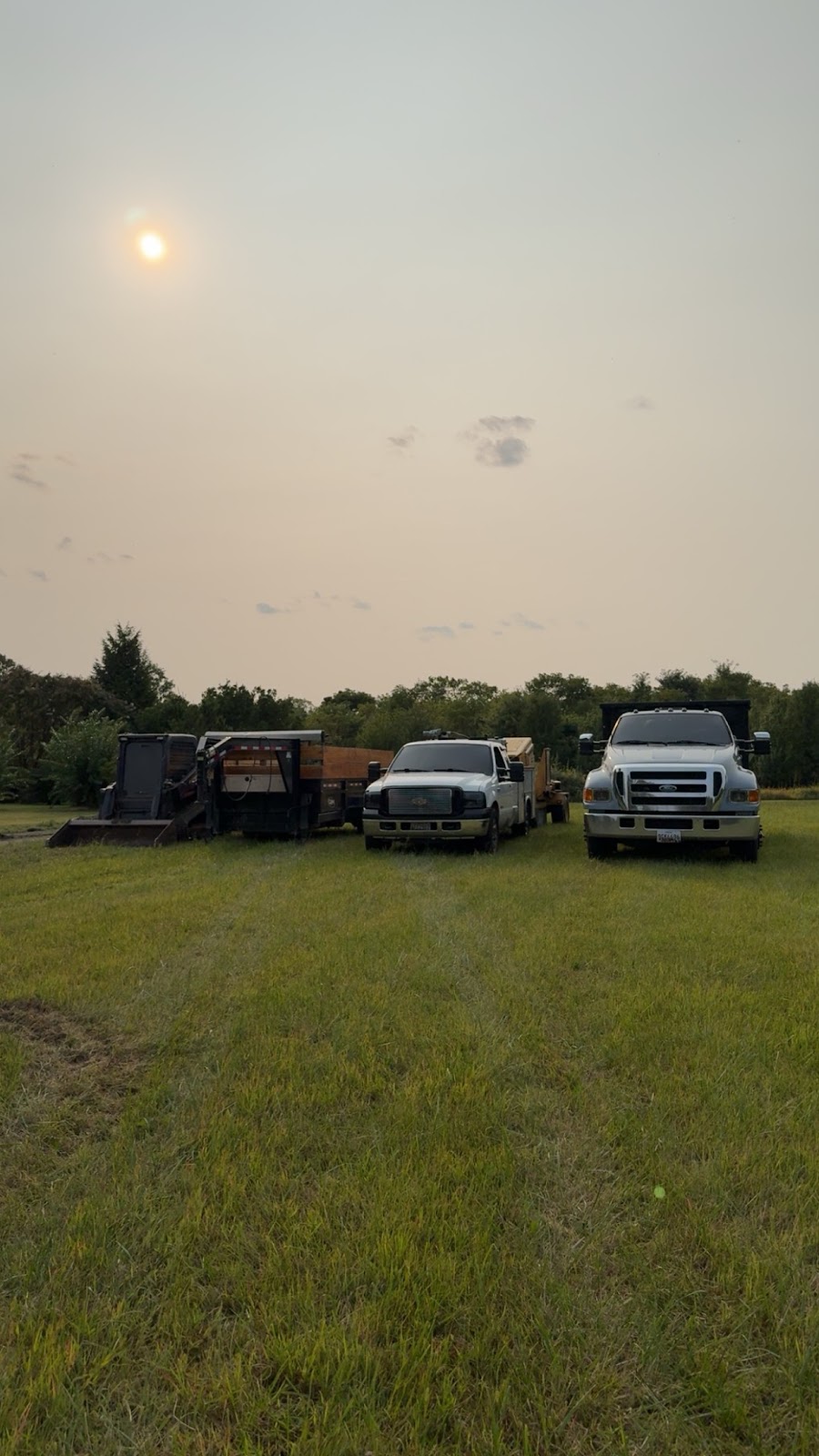
Transform Your Outdoor Space with Expert Hardscaping Tips Aug 21, 2025
Before diving into your hardscaping project, it’s critical to start with a well-planned design. Mapping out the space while considering the size and shape of your yard is essential. Begin by sketching your vision, incorporating elements like walkways, patios, retaining walls, and other features. Thoughtful planning can help you utilize every inch effectively, ensuring areas flow seamlessly into one another and function harmoniously with your lifestyle.
Material selection plays a crucial role in the success of your hardscaping. It's important to choose materials that not only complement your home’s architecture but also withstand the test of time. Stone, brick, and concrete are popular choices, each offering distinct textures and color options. However, consider the local climate and your budget when selecting materials to ensure longevity and cost-effectiveness.
One transformative hardscaping tip is integrating features that add both beauty and utility to your outdoor space. Take retaining walls, for example. Not only can they prevent erosion and create level areas in a sloped yard, but they also add a striking visual element to the landscape. Similarly, incorporating outdoor lighting along pathways and around seating areas enhances safety while creating an inviting atmosphere for evening gatherings.
A crucial aspect of hardscaping is drainage. Without proper drainage, water can accumulate and damage your landscape. Planning for adequate drainage systems ensures that you prevent waterlogging and promote healthy plant growth. Consider permeable materials that allow for natural water penetration, reducing runoff and benefiting the environment.
Don’t overlook the softscaping elements when planning your hardscape. Integrating plants among hardscape features can soften rigid edges and provide a lush backdrop. Use native plants to ensure a low-maintenance, environmentally friendly garden that thrives in local conditions. Flower beds, shrubs, and planted borders can enhance the aesthetic appeal and boost biodiversity.
When designing seating areas, focus on comfort and functionality. Think beyond traditional patio setups; imagine unique spaces like a fire pit area or a secluded nook for quiet reflection. Consider the movement of the sun and incorporate shading elements like pergolas or strategically planted trees to create comfort and extend usability throughout the day.
Maintenance is another critical consideration for any hardscaping project. Opt for sustainable design practices that incorporate low-maintenance materials and structures. Regular upkeep involves cleaning, sealing, and checking the integrity of structures to prevent any deterioration over time.
Finally, staying informed about the latest trends and innovations in hardscaping will keep your outdoor space modern and appealing. At Pleasant Valley Land Management, we keep our finger on the pulse of industry innovations to bring you cutting-edge design solutions and eco-friendly practices.
In conclusion, by combining thoughtful design with practical features, you can create an outdoor space that is both beautiful and functional. Expert hardscaping transforms your yard into an area where aesthetics meet livability. With these tips, you’re well on your way to making the most of your outdoor environment, turning it into a haven for relaxation and entertainment.
/filters:no_upscale()/media/671ac51a-d63a-4779-90fa-7bf4b209a8c6.jpeg)
/filters:no_upscale()/filters:format(webp)/media/ed7ee32a-cd43-4f7e-be18-0eeea69695f3.jpeg)